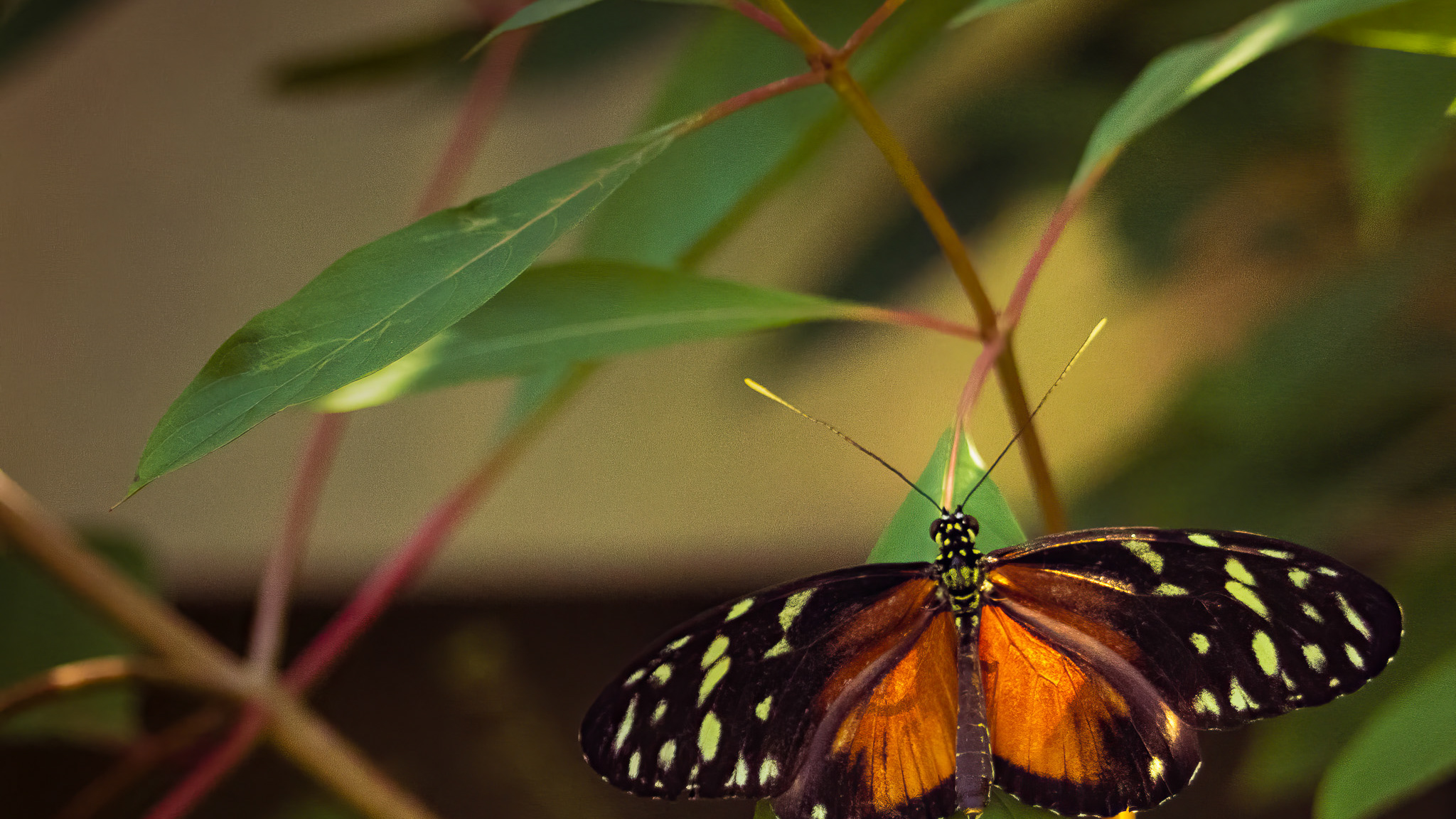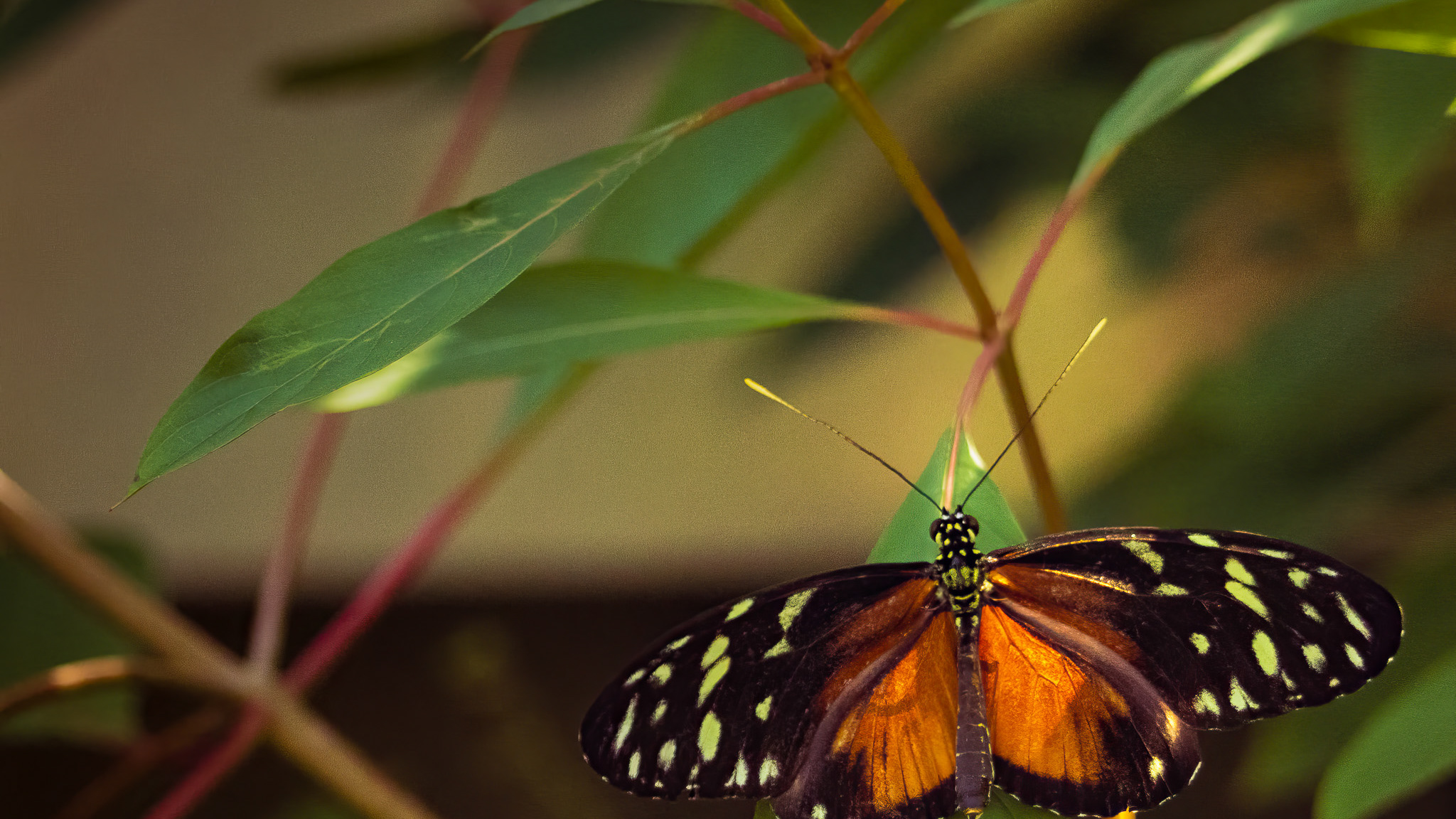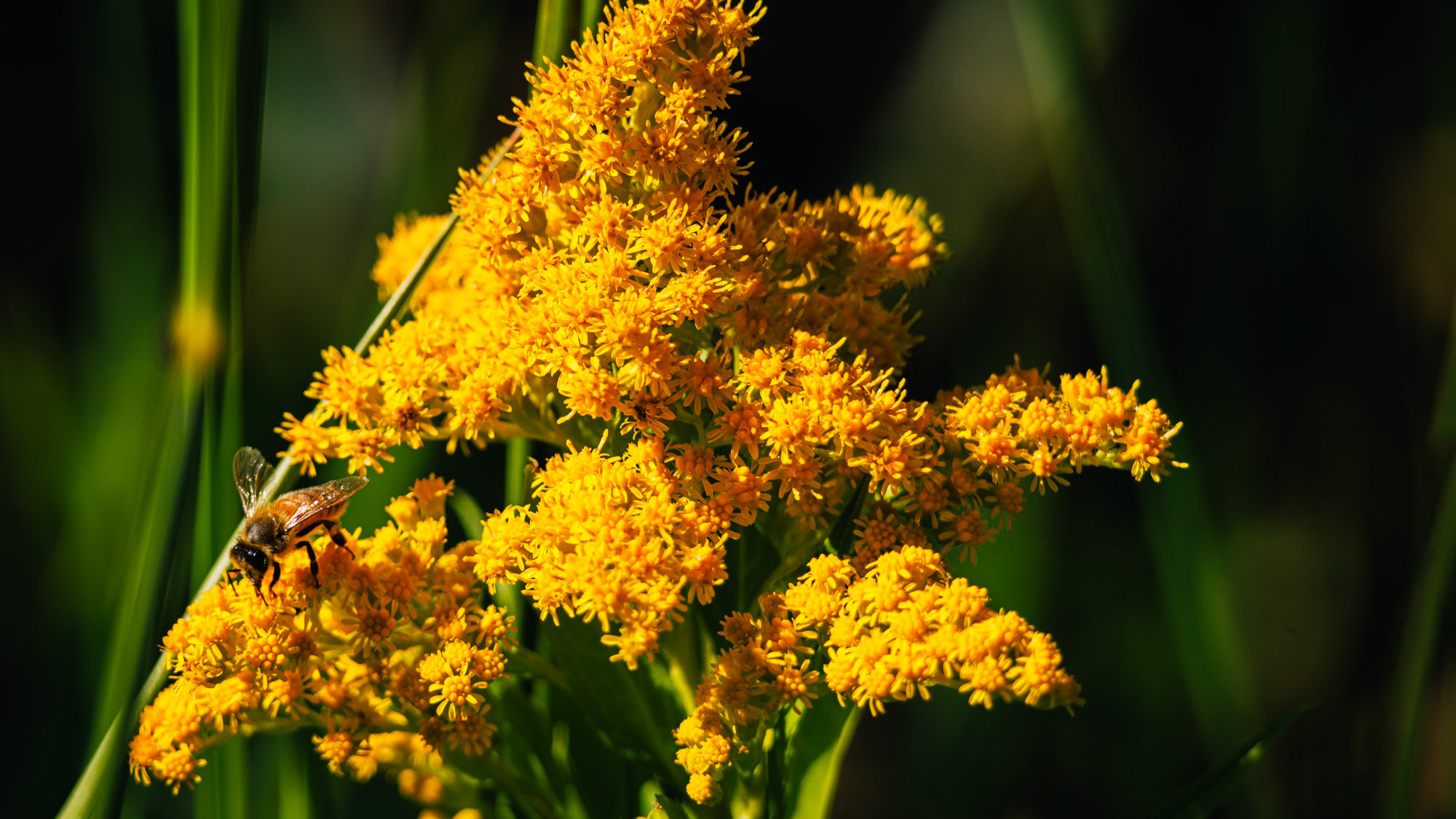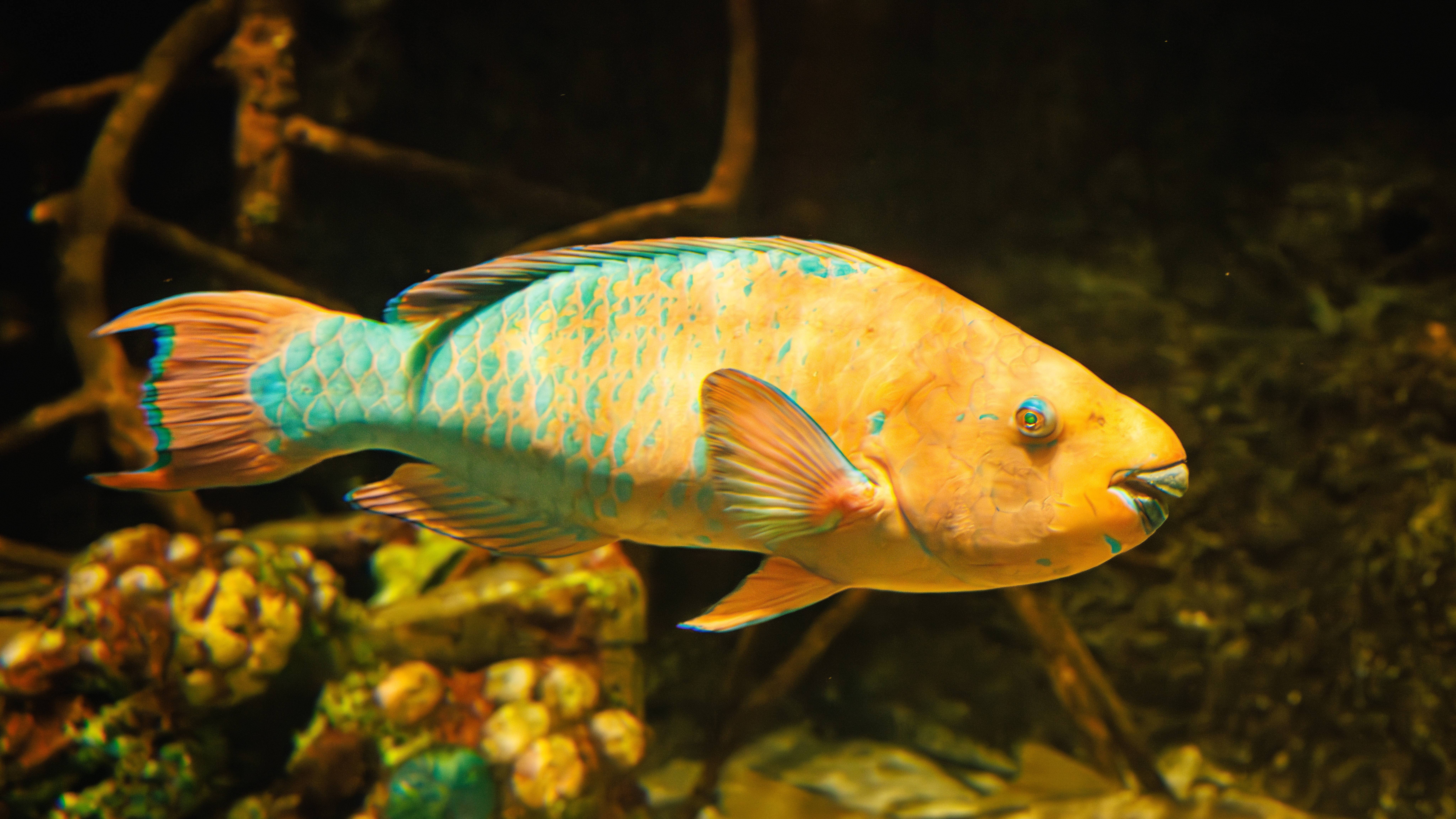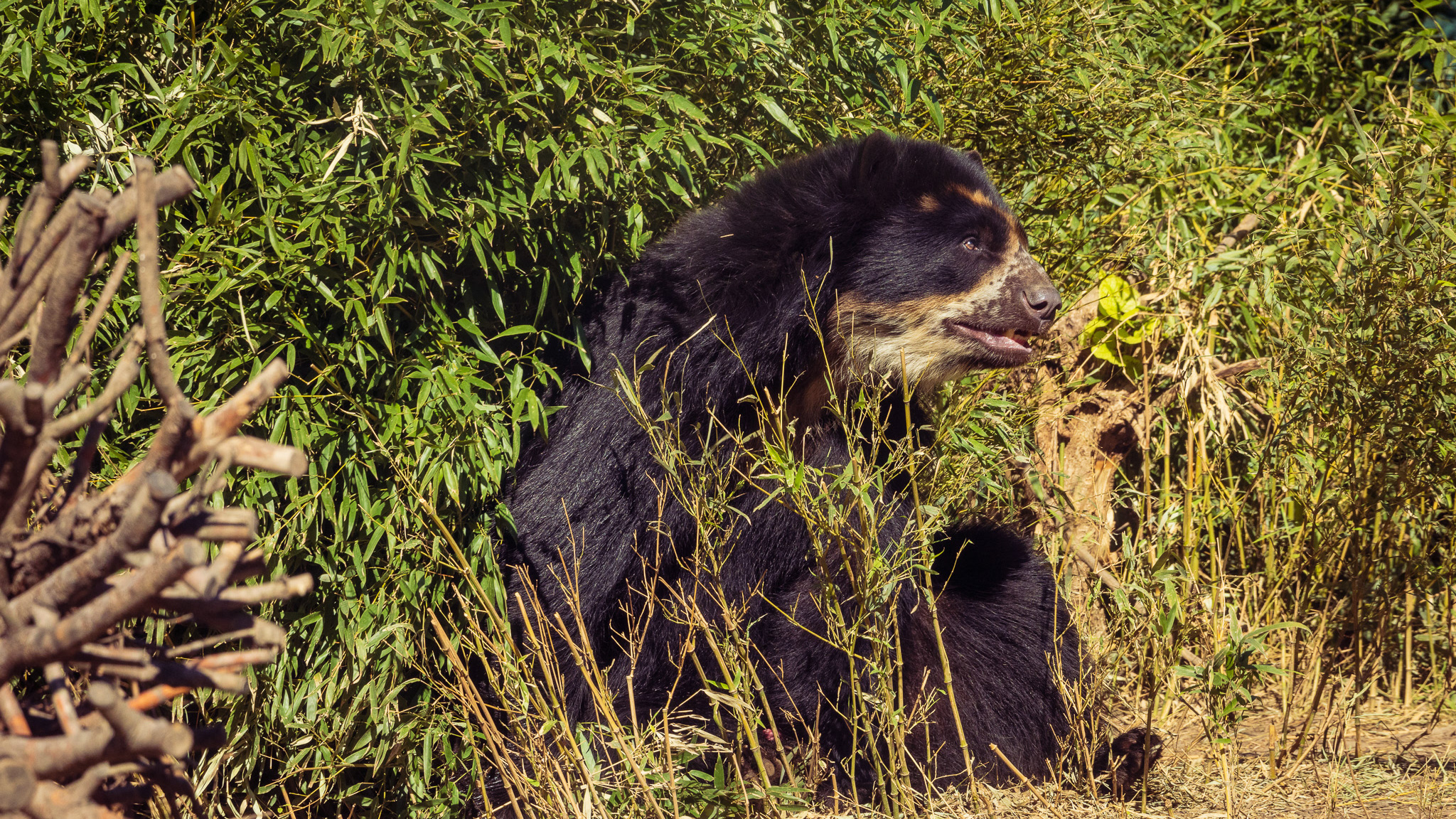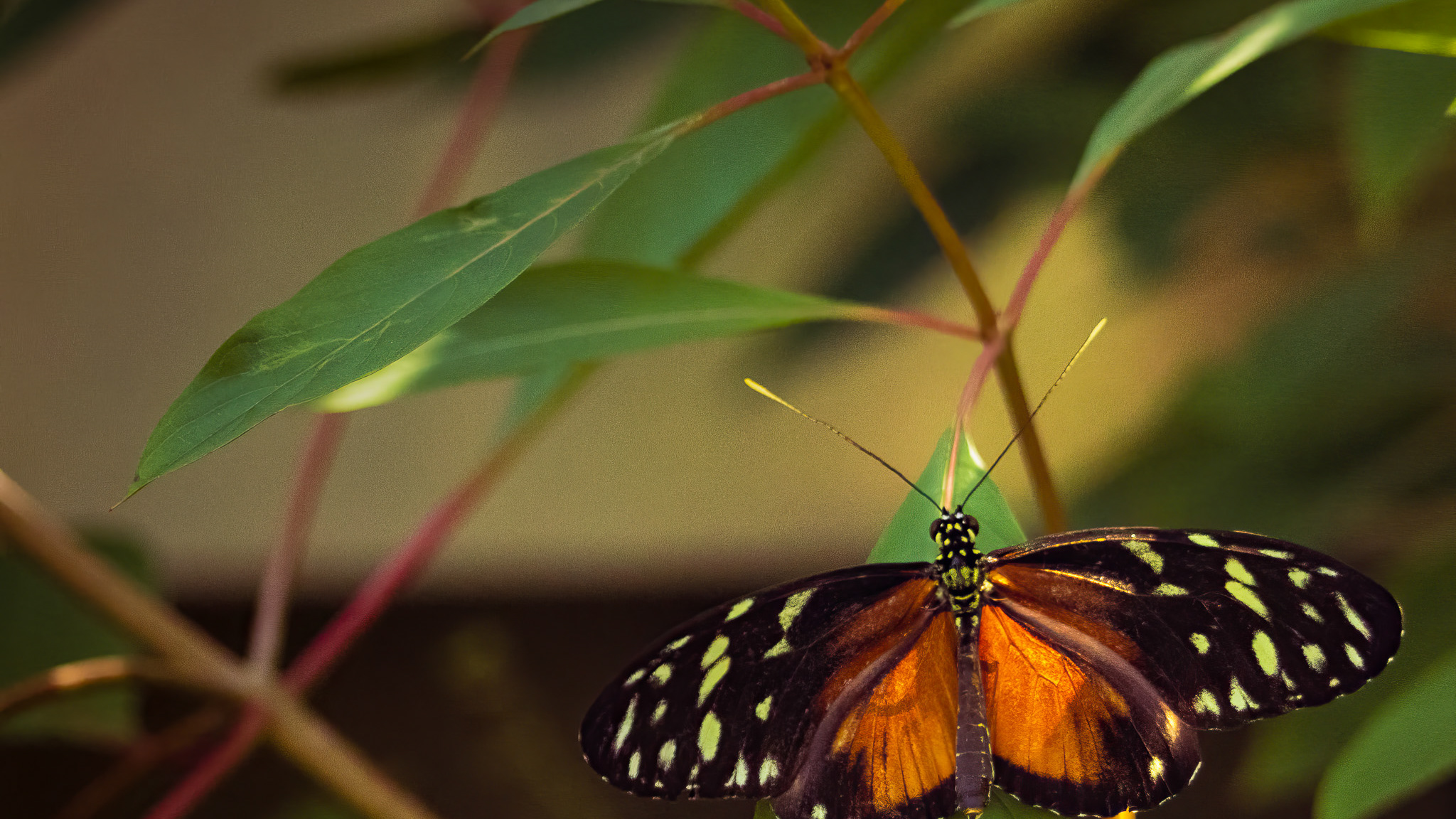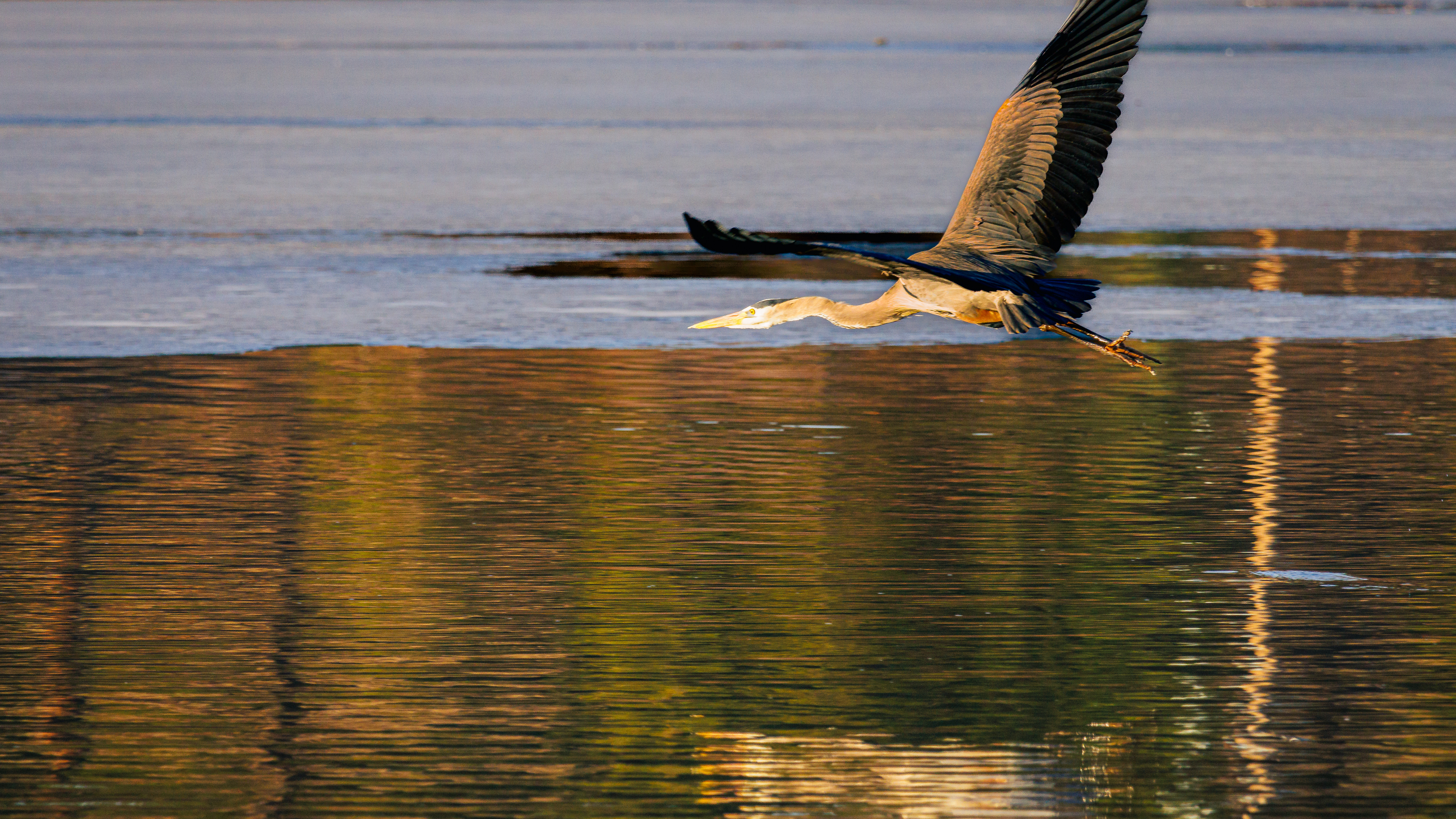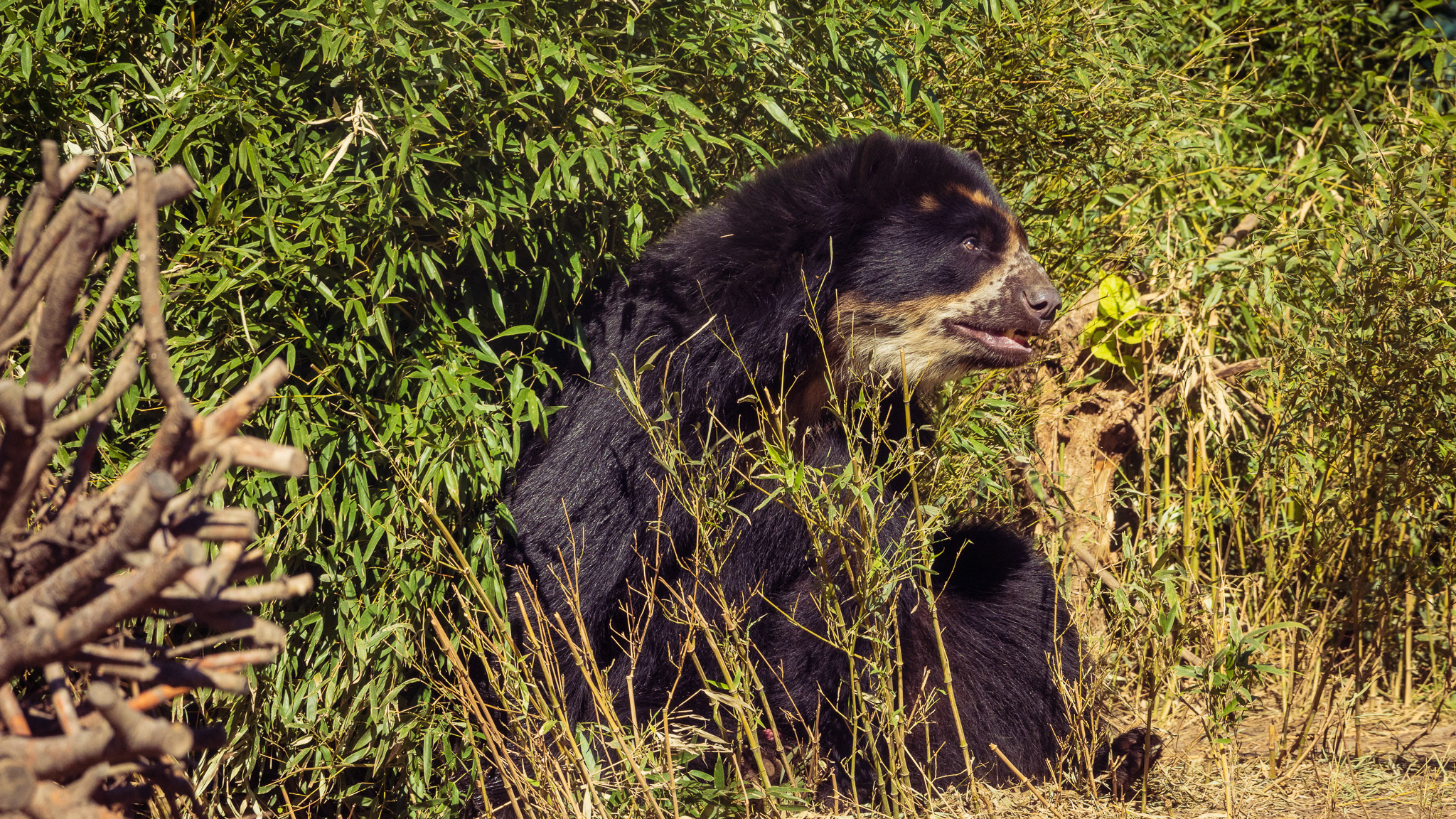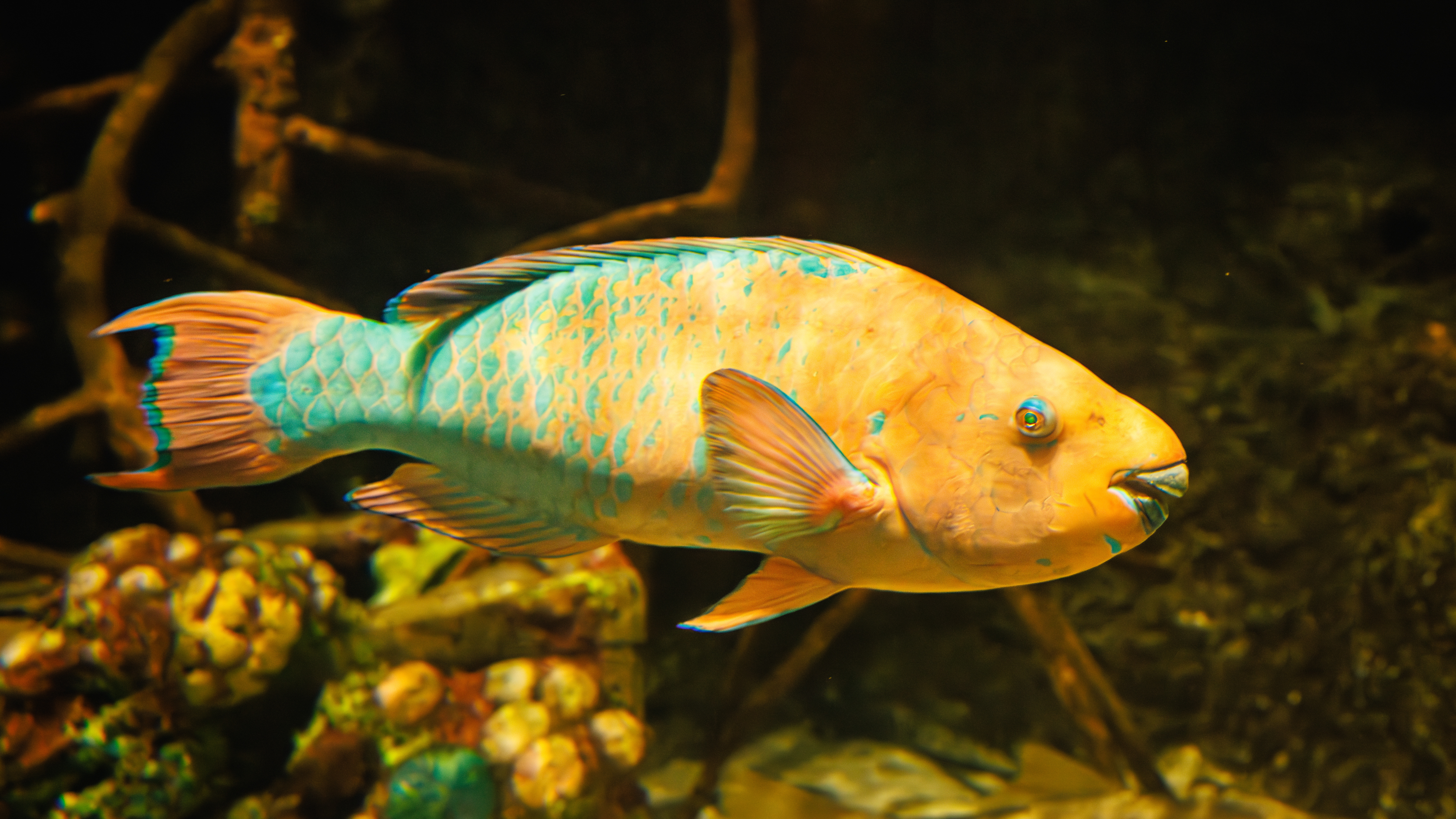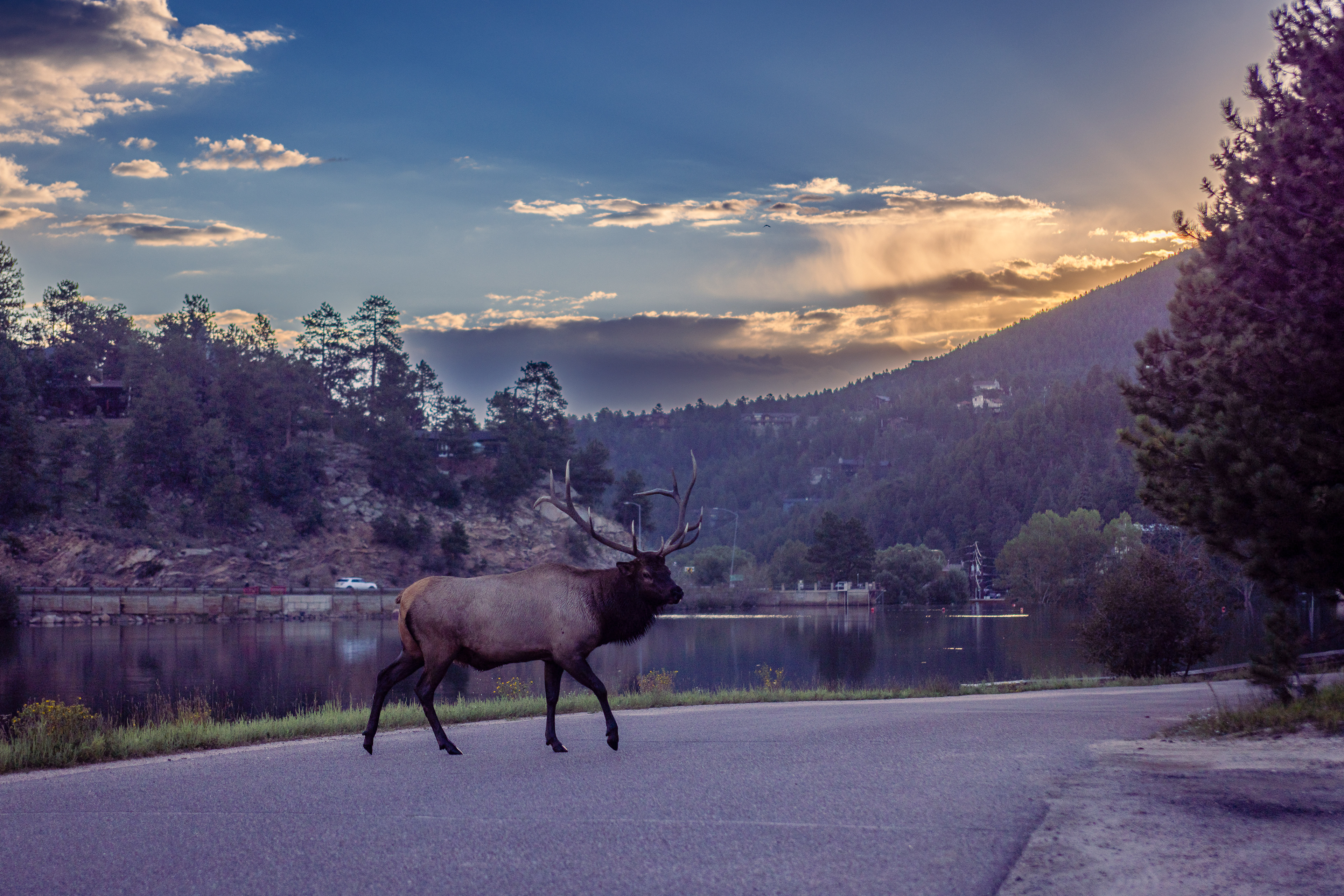
Elk crossing road
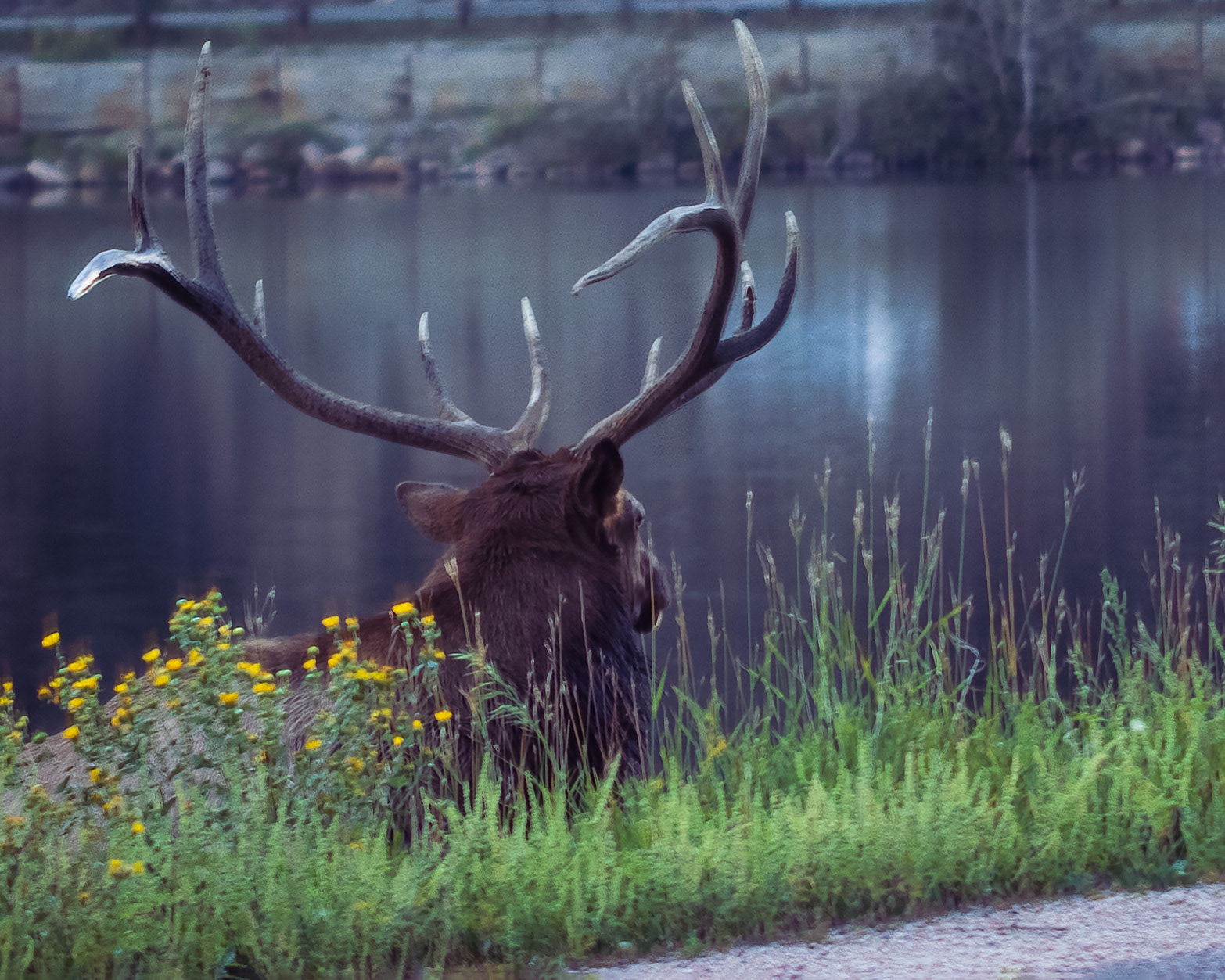
Elk by Lake

Elk by lake
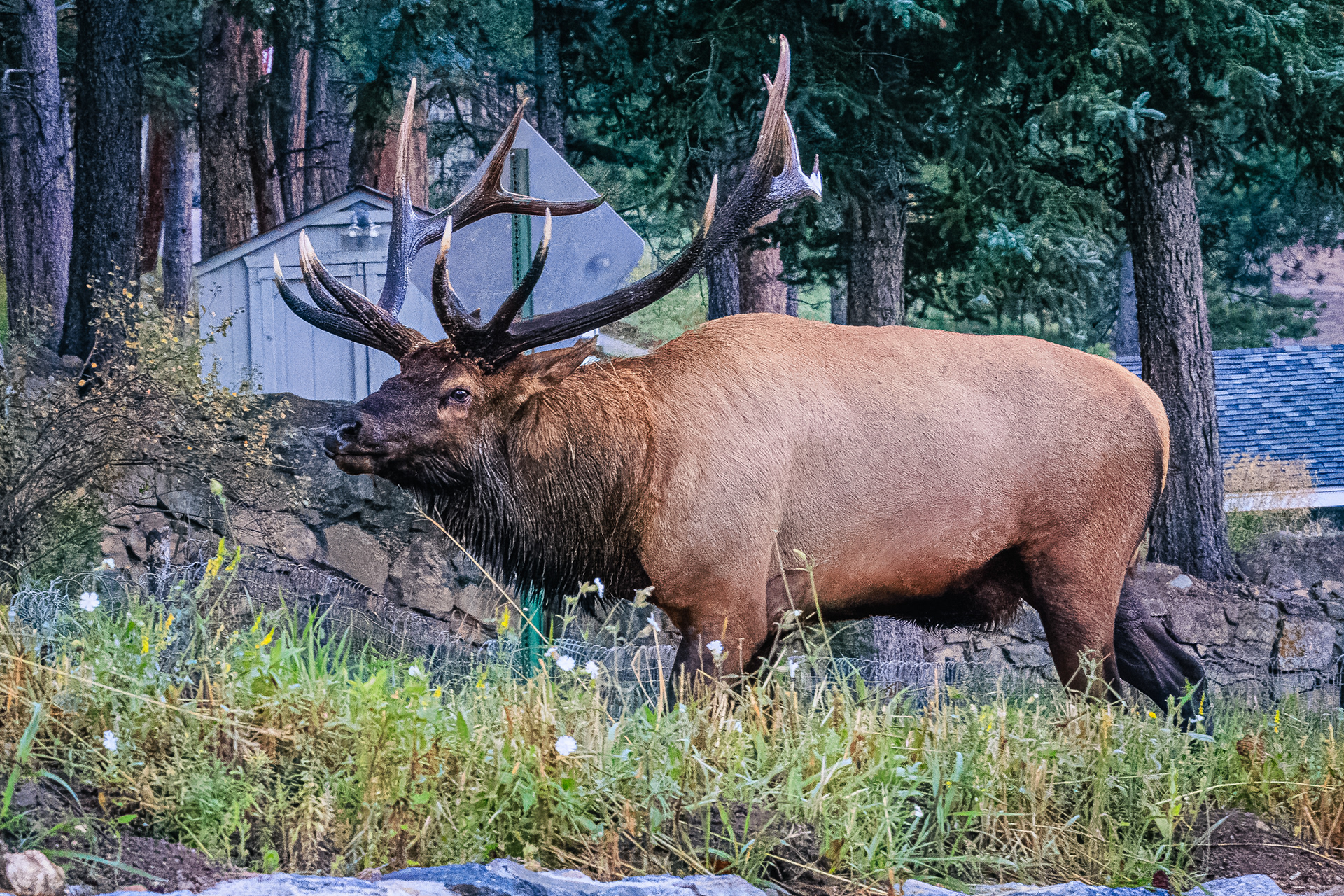
Elk near house

Elk and his bride crossing road

Couple of yearlings

Fawn
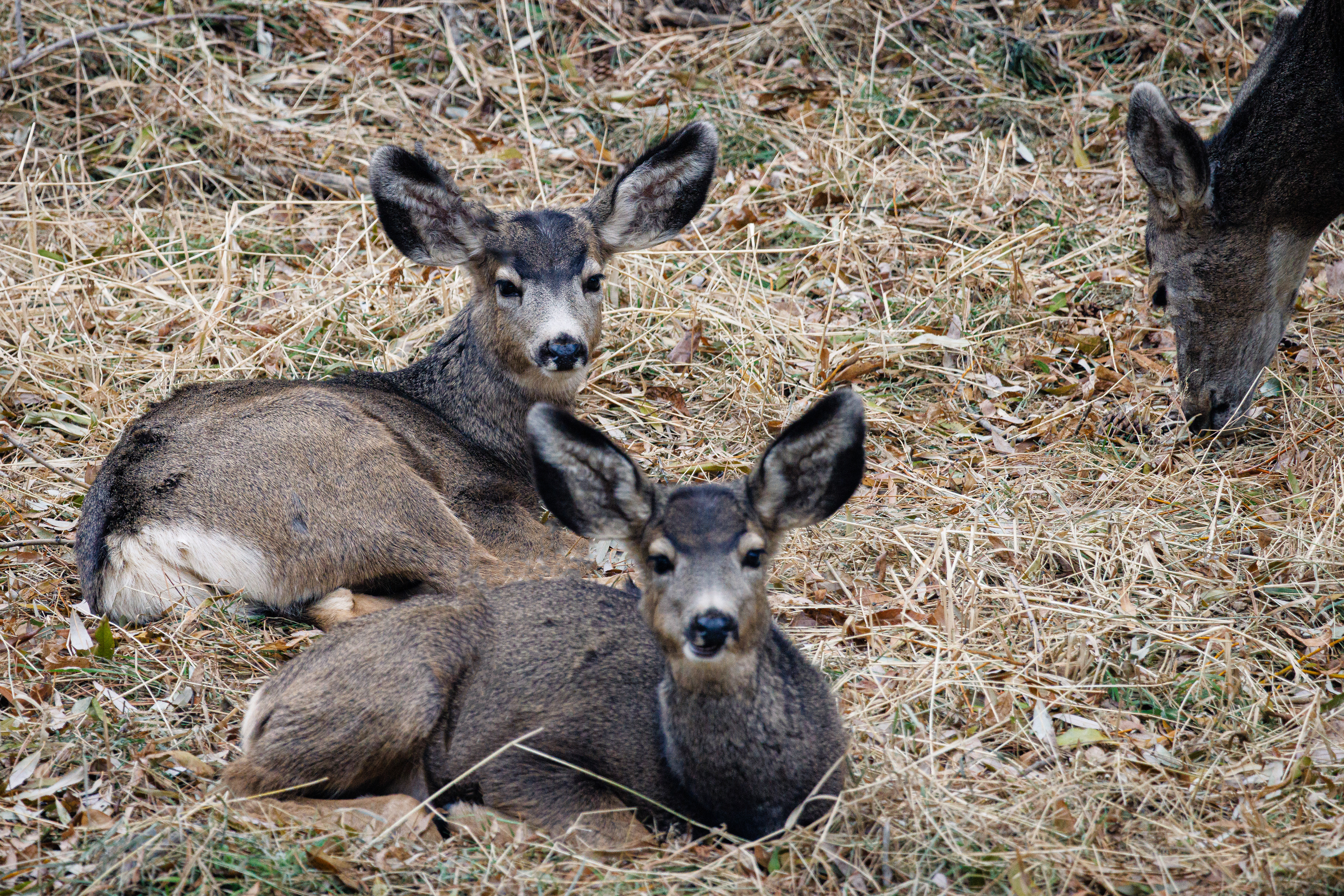
3 deer
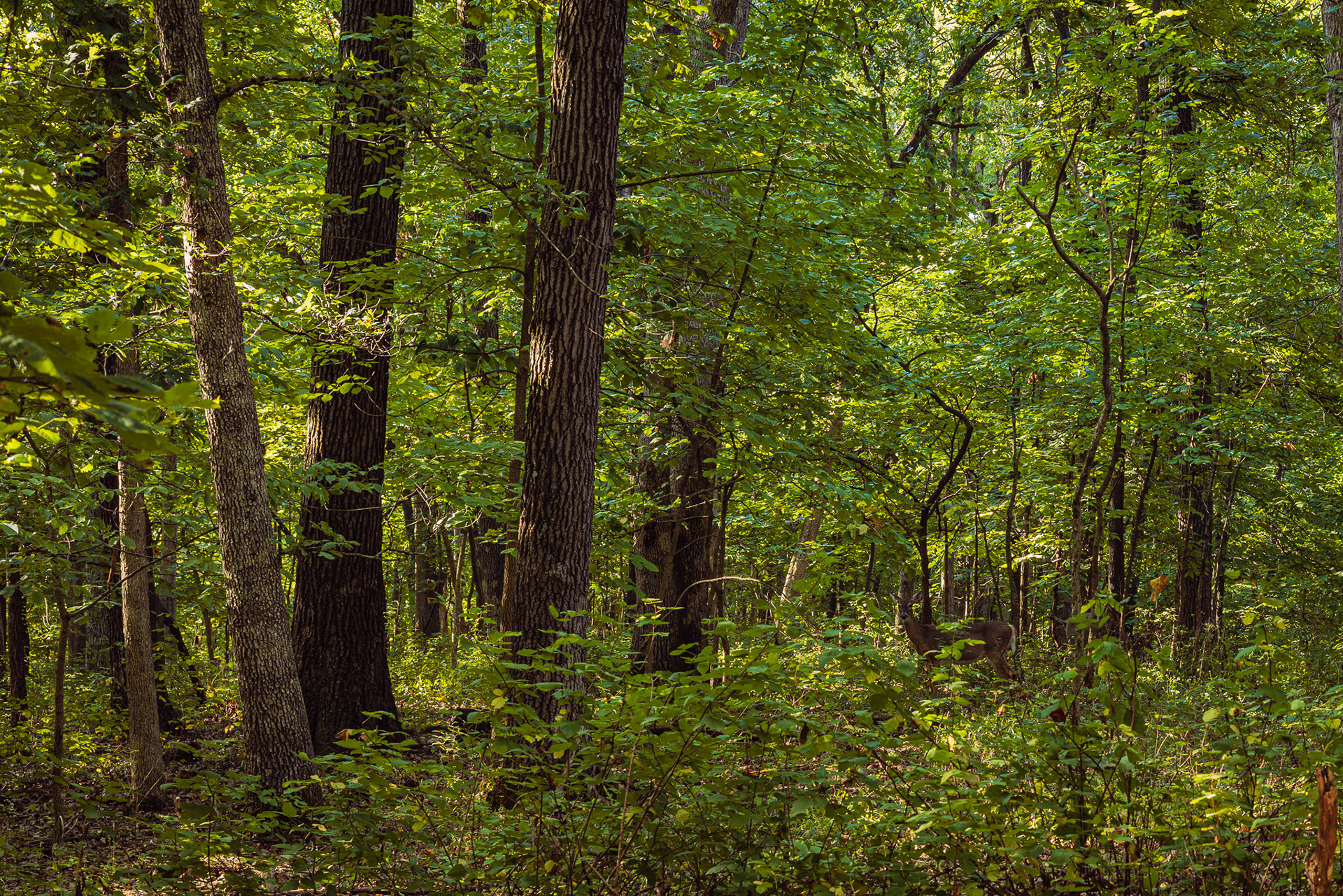
Deer in Forest
Elk and Deer Photography: A Photographer’s Perspective
Photographing elk and deer is an enchanting experience that combines the beauty of nature with the challenge of capturing the grace and majesty of these incredible creatures. From a photographer’s perspective, these animals represent a unique opportunity to connect with the wild, document their behavior, and share their stunning presence through visual storytelling. Commercial photographers and fine art photographers produce high quality images and photographers tend to specialize, into portrait photographers, landscape photographers, etc. While there are many types of photographers and many types of photography, the professional photographer can produce imAGES OF DEER, ELK, AND MOOSE AS WELL AS OTHER interesting images.
1. The Allure of Elk and Deer Photography
Elk and deer are synonymous with elegance and wilderness. Their antlers, graceful movements, and interactions within herds offer endless photographic possibilities. Whether it's the haunting bugle of a bull elk during the rut or the quiet stillness of a doe in a sunlit clearing, each moment presents a chance to capture the essence of these creatures.
2. Preparation for Photographing Elk and Deer
Research and Understanding Behavior
Deer Behavior: Deer are most active during dawn and dusk. Their cautious nature requires stealth and patience.
Elk Behavior: Elk are often found in open meadows and forest edges. The rut season, when bulls compete for mates, is a prime time to observe dramatic behavior.
Seasonal Changes: Autumn is ideal for photography as it marks the rut season and brings vibrant fall foliage. Winter offers unique challenges and opportunities with snow-covered landscapes.
Gear Essentials
Camera: A DSLR or mirrorless camera with excellent low-light performance is ideal.
Lens: Telephoto lenses (300mm or more) allow you to maintain a safe distance while capturing close-up details.
Tripod: Useful for stabilizing your shots, especially in low-light conditions.
Clothing: Wear muted, weather-appropriate clothing to blend into the environment and stay comfortable during long hours in the field.
3. Techniques for Capturing Stunning Shots
Framing and Composition
Rule of Thirds: Position the subject off-center for a more dynamic composition.
Environmental Context: Incorporate the surrounding landscape to show the animal’s habitat, such as a forest, meadow, or mountain backdrop.
Focus on Antlers: Highlight the intricate details of antlers for a striking focal point.
Lighting
Golden Hours: Early mornings and late afternoons provide soft, warm light that enhances the mood of your shots.
Backlighting: Use backlighting to create a glow around the animal’s fur or antlers for a dramatic effect.
Behavioral Shots
Stillness and Action: Capture quiet moments like grazing as well as dynamic shots of elk bugling or deer leaping.
Group Dynamics: Photograph herds to showcase social interactions.
Silent Observation
Elk and deer are easily startled. Use a telephoto lens and remain still to minimize your presence. Silent observation often leads to more natural and compelling shots.
4. Ethical Considerations
Respect Wildlife: Maintain a safe distance to avoid stressing the animals.
No Baiting: Never lure animals with food or other artificial methods.
Minimize Impact: Leave no trace and avoid disrupting natural habitats.
Safety First: Always prioritize your safety and remain cautious of your surroundings, especially during the rut when males can be aggressive.
5. Challenges and Rewards
Challenges
Unpredictability: Animals move unpredictably, requiring quick reflexes and patience.
Lighting Conditions: Early mornings and wooded areas often mean low light, challenging your technical skills.
Distance: Maintaining a safe distance requires high-quality telephoto lenses.
Rewards
Connection to Nature: Witnessing and capturing intimate moments with elk and deer fosters a deeper appreciation for wildlife.
Timeless Images: A perfectly framed shot of an elk bugling in the mist or a deer silhouetted against a sunset is a reward worth the effort.
6. Post-Processing Tips
Enhance Details: Subtly adjust sharpness, contrast, and color balance to bring out details in fur and antlers.
Preserve Natural Colors: Avoid over-editing; aim for a natural, authentic look.
Crop for Impact: Crop to focus attention on the animal while maintaining its context within the environment.
Final Thoughts
Elk and deer photography is not just about taking pictures—it’s about immersing yourself in the wilderness, understanding these majestic animals, and sharing their beauty with the world. From the quiet moments to the dramatic action, photographing elk and deer offers a rewarding experience that connects you with nature and helps inspire conservation. With preparation, patience, and respect, every shot becomes a story worth telling.
